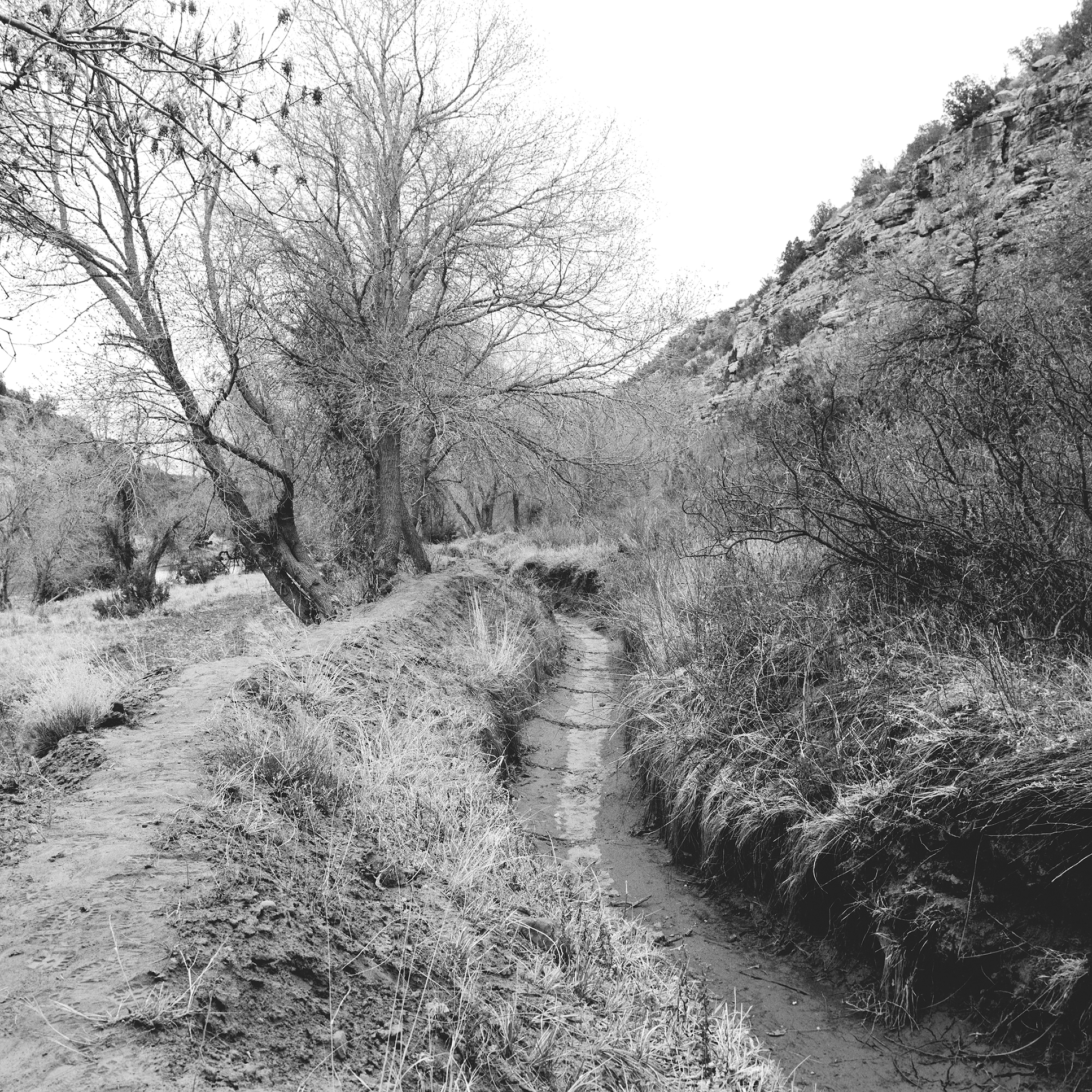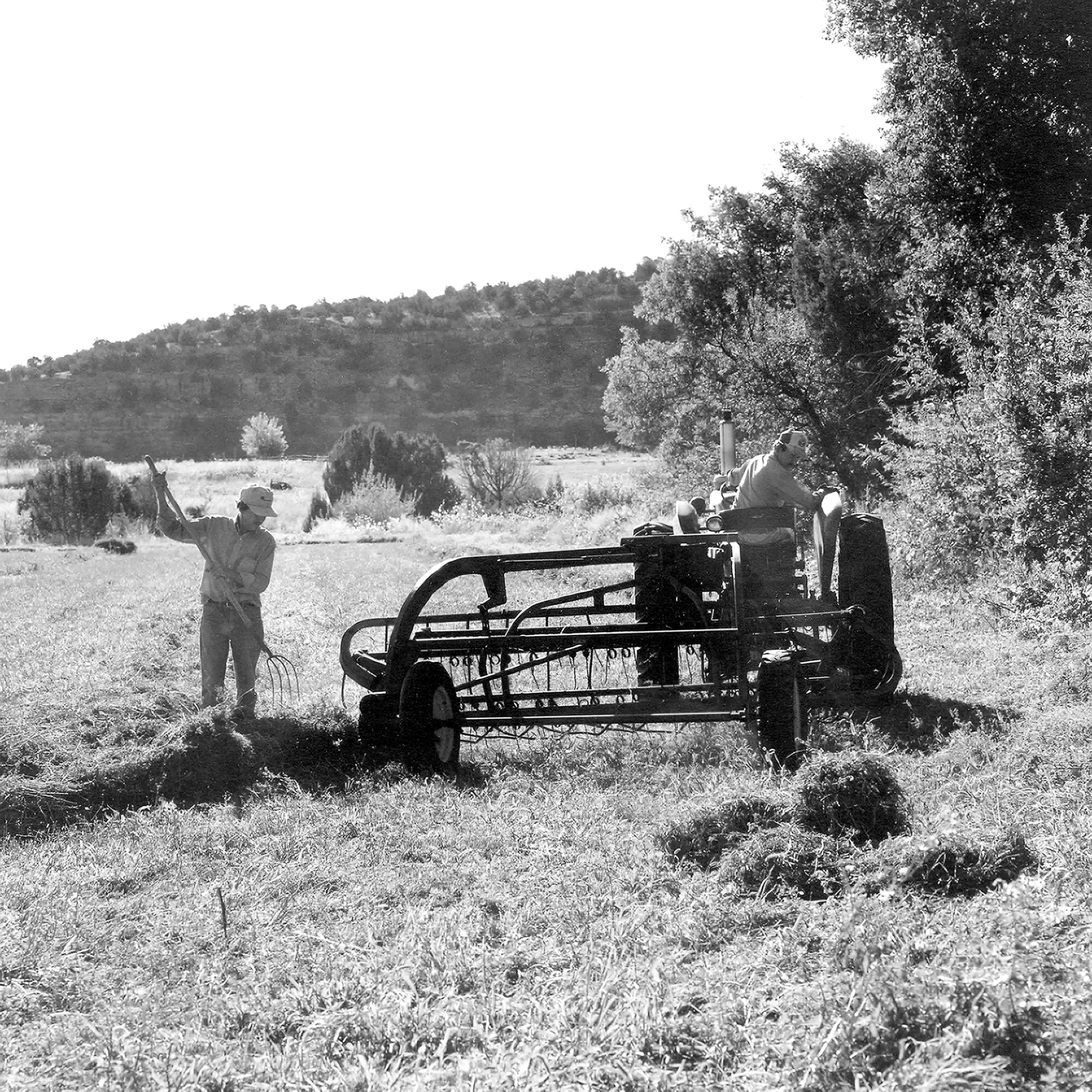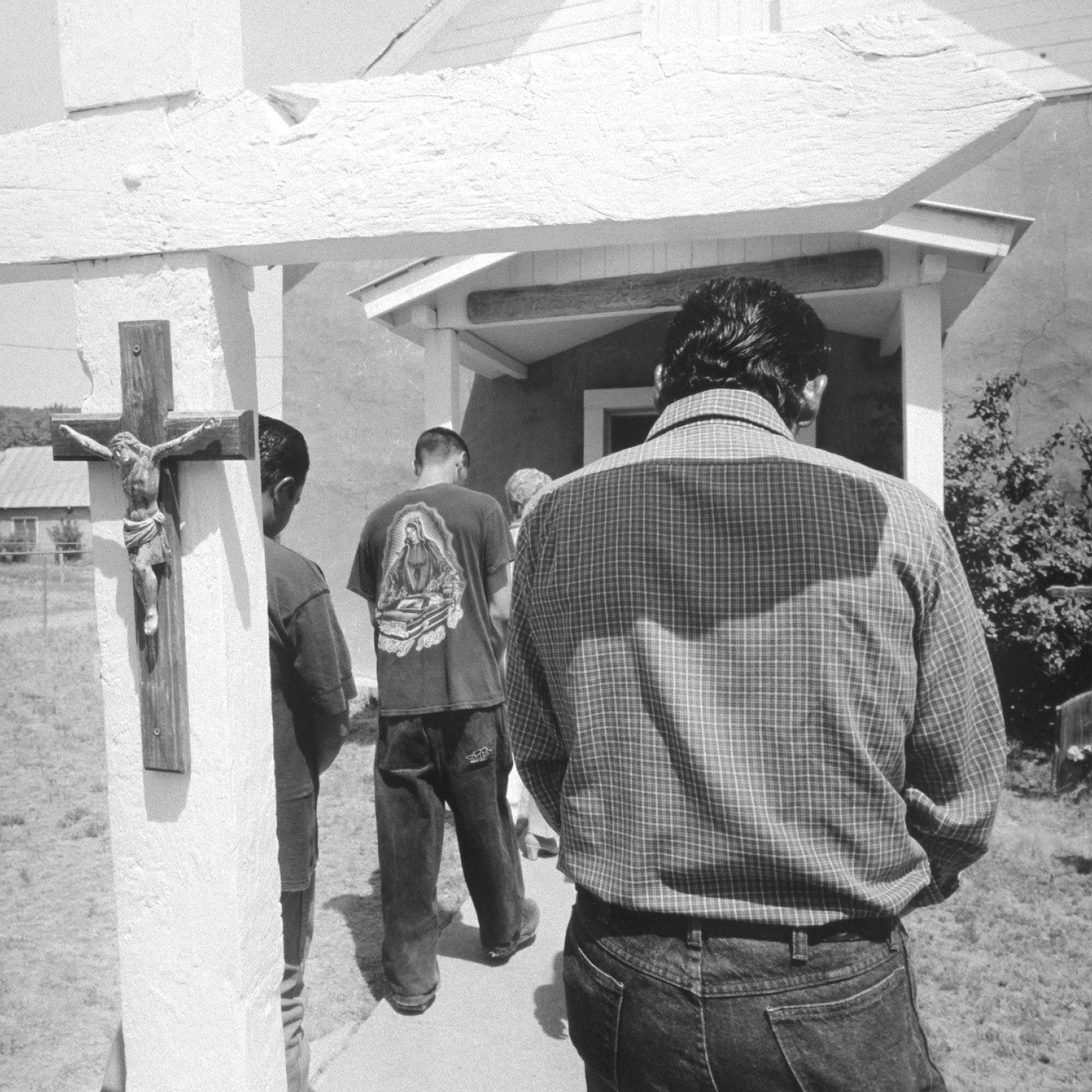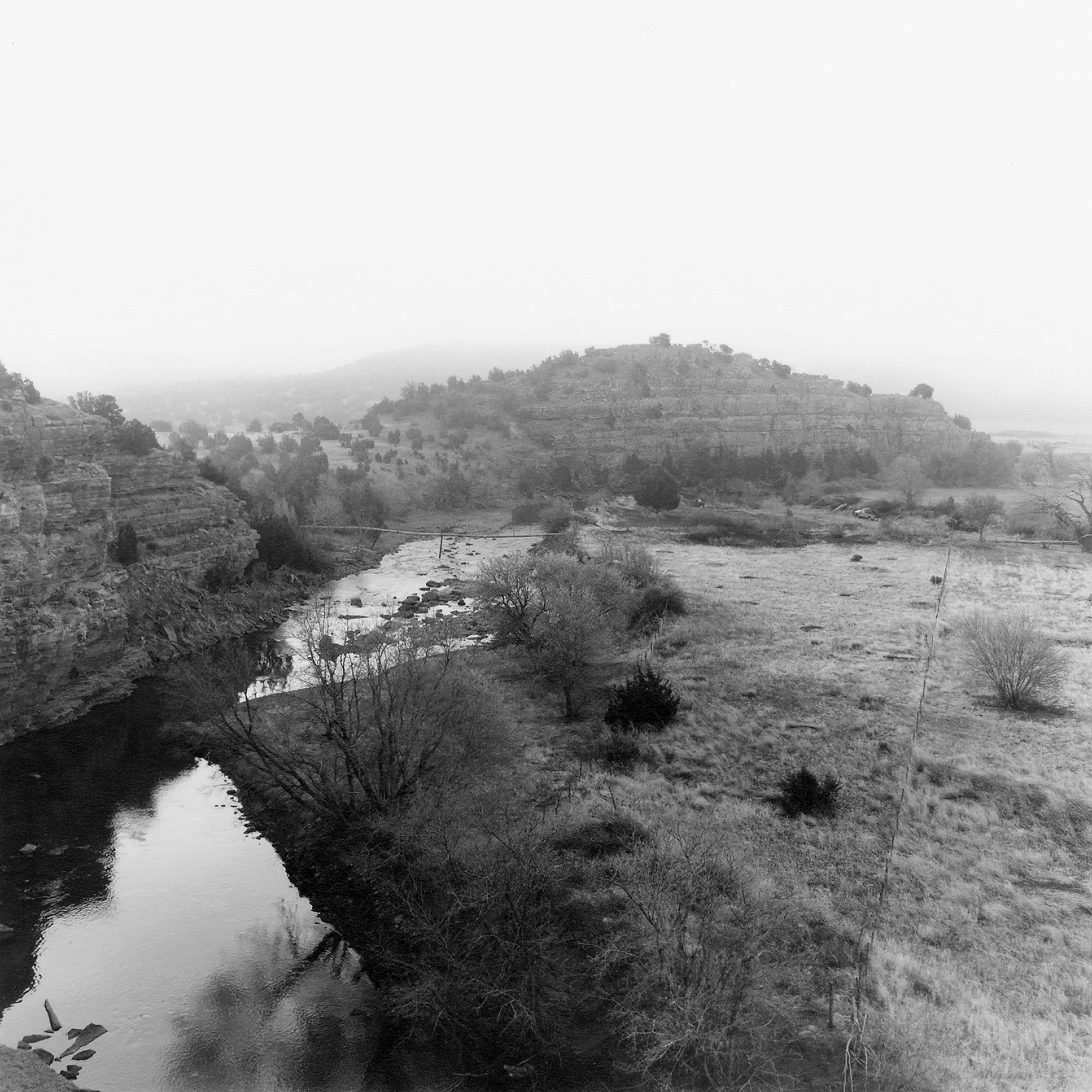I
El Agua es La Vida: A Village Life Portrait

 ACEQUIA
ACEQUIA

II
 DITCH DAY LIMPIA
DITCH DAY LIMPIA

III
 WORK LIFE
WORK LIFE

IV
 VILLAGE LIFE
VILLAGE LIFE

V
 RELIGIOUS LIFE
RELIGIOUS LIFE
PRINTS
1992 - Present
20 x 16 Selenium Toned Gelatin Silver Photographs
Editions of 50
• • •
SELECTED EXHIBITIONS
Going With the Flow: Art, Actions, and Western Waters SITE Santa Fe
Our Land 2: Acequia Commons Agrarian Trust Annual Conference
The Paseo Project's Acequia Aquí Harwood Art Musuem
Agua y Fe: Water and Faith Las Vegas, NM Arts Council and Plaza Hotel
Earth Now: American Photographers and the Environment New Mexico Museum of Art
El Agua es La Vida Maxwell Museum of Anthropology University of New Mexico
Bodies of Work: Series and Obsessions Center for Creative Photography
Water in the West FotoFest H2O 04
Landscape/LandUse Visual Studies Workshop
The Cultural Landscape of Northern New Mexico Office of the State Historian
El Cerrito y la Acequia Madre NM Organic Gardening and Farming Conference
From Petroglyphs to Plazas New Mexico Office of Archeological Studies
El Cerrito y la Acequia Madre National Trust for Historic Preservation Annual Meeting
Agua es Vida El Rancho de las Golondrinas
H20 Santa Fe Art Institute
• • •
TOURING EXHIBITIONS
Landscape/LandUse Visual Studies Workshop
From Petroglyphs to Plazas NM Office of Archeological Studies
• • •
COLLECTIONS
Capitol Arts Foundation Collection of New Mexico
Center for Creative Photography University of Arizona
Center for Southwest Research Special Collections Library University of New Mexico
El Rancho de las Golondrinas
Harwood Museum of Art
New Mexico Museum of Art
New Mexico Department of Cultural Affairs Art in Public Places
Princeton University Art Museum
Stanford University Special Collections Library and University Archives
Worcester Art Museum
• • •
PRESENTATIONS
Water in the West Project SPE National Conference, Tucson
Water in the West H2O 04 FotoFest, Houston
Where Angels Come to Sing Theaterwork, Santa Fe and Mora
Shifting Landscapes: Considerations of Time, Place and Culture SPE Southwest Regional Conference
• • •
PUBLICATIONS
Brandee Caoba and Lucy R. Lippard, Going With the Flow: Art, Actions, and Western Waters,
Santa Fe, SITE Santa Fe, 2023
The New Farmer's Almanac, Vol. VI, Adjustments and Accommodations, Greenhorns, 2023
Lucy R. Lippard, Pueblo Chico, Santa Fe, Museum of NM Press, 2020
Cheryl and Bill Jamison, Tasting New Mexico, Santa Fe, Museum of NM Press, 2012
Katherine Ware, Earth Now: American Photographers and the Environment, Santa Fe,
Museum of New Mexico Press, 2011
Wendy Watriss, FotoFest H2O 04: Celebrating Water, Houston, FotoFest, 2004
Leon Zimlich, Water in the West, Original Sources: Art & Archives at the Center for Creative Photography,
Amy Rule and Nancy Solomon, Tucson, Center for Creative Photography, 2002
Lucy R. Lippard, The Lure of the Local: Senses of Place in a Multicentered Society,
New York, The New Press, 1997
WATER IS LIFE
• • •
IN A REGION OF GHOSTED PRESENCES, the remote and tiny El Cerrito, situated at a triple oxbow of the Pecos River, has endured through centuries. This survey presents a village life portrait animated by interdependence on water from the community irrigation system--the acequia. No one remembers hearing of the gravity flow irrigation channel's origins, lending to speculation that the waterway was created by Indigenous peoples who farmed along the Pecos long before the arrival of the Spanish. Others believe its existence can be ascribed, as many of New Mexico's 700+ acequias, to the efforts of Franciscan priests, who, when colonizing the region were directed to establish two vital elements of any village's life—water and faith. Quite likely a confluence of efforts set this hand-dug channel that traces one plus miles through the village.

Acequia also refers to a self-governing association of users that honors water as a community resource rather than as a commodity. This is anchored in the Islamic Law of Thirst, which ordains that all beings have unfettered access to water; that it never be hoarded or sold. This arid farming watering method originated in the Indus Valley, was developed throughout the Arabian Peninsula, and across North Africa, to be brought to Spain by the Moors during their seven century occupation. Sharing in abundance and scarcity, repartimiento, is a vital tenet of acequias serving as a cultural commons with water rights attached to the land, not to individuals. As parciantes, members of the acequia hold these water rights and elect a mayorodomo as caretaker to oversee its maintenance throughout the year and especially during the annual spring cleaning, the limpia. In El Cerrito this is the one social gathering outside the rare wedding and more common funeral for which extended family, friends, and curious students of traditional village life return. Parciantes have shared for generations in the responsibility of maintaining a waterway that nourishes their families, orchards, gardens, fields, and livestock. While recharging watersheds, acequias also provide a rich riparian zone for wildlife, shade trees, and native plants, many of which are used in traditional medicines.
Seeing the universal in the personal, this exploration of El Cerrito’s survival provides insight into co-operative perseverance as a model redress to the dissonance created by our time’s divisiveness. With the availability of water a defining issue for our century, monetary pressures and Western water law structure are strong forces on rural residents to consider selling their water rights for transfer to urban development needs or speculation. Doing so would effectively sever ties to water and land that are a deeply cherished cultural and spiritual component of this region’s agrarian communities. In resisting, villagers help ensure the survival of the Southwest’s oldest extant water system while reinforcing the universal truism: